Everything from household appliances to your home’s rain gutters, roof, and air conditioning poses a potential threat of malfunctioning, flooding, and causing catastrophic structural damage. You can detect potential water hazards and avoid expensive cleanups by following a simple summer checklist.
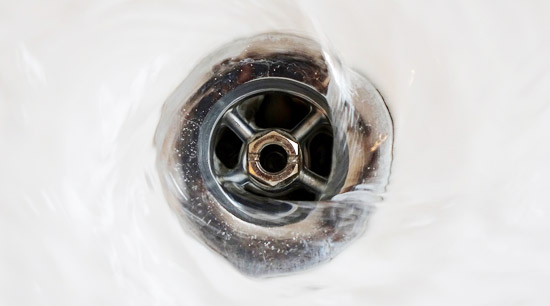
alpharettawaterdamageremoval.com compiled 5 home systems with vulnerabilities and tips to assist you in keeping your home from suffering water and structural damage.
Seasonal Home Maintenance Checklists
With so many moving parts and endless potential for malfunctions, your seasonal checklists help you stay on top of maintenance issues, detect developing problems, and avoid expensive cleanups.
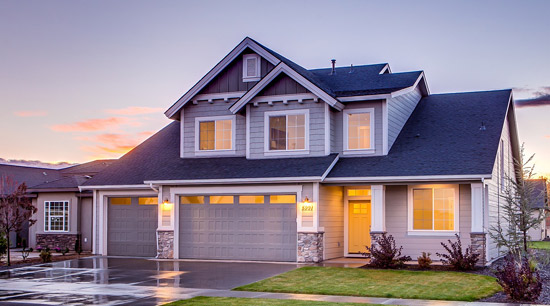
The following tips are meant for your summer checklist, but can and should be used many times throughout the year.
1 – Air Conditioning (Cooling System) Maintenance
Perhaps the most essential item on a summer checklist is a home’s air conditioning unit. Aside from keeping your home comfortable throughout the hottest months of the year, a malfunction can cause leaks, result in mildew, and in some cases, ignite a fire.
Watch for the following when inspecting your AC unit:
Filters – Depending on the model of your air conditioning unit, there may be a single or multiple filters along the air intake path.
For the unit to perform at peak efficiency, air filters should be changed frequently (every 3 to 4 months). Failure to do so may cause the system to overheat and potentially malfunction or catch fire.
Humidity and Pooling Water – After a few hours of operation, inspect the base of your cooling unit. If there is pooling water or excessive condensation, this is likely a faulty condensation pump and should be immediately addressed by a professional.
The continual presence of water in or around an AC unit will create an environment for mold and mildew buildup potentially causing the system to clog.
2 – Appliance, and Bathroom Drains
Flood prevention in your home includes making sure that flowing water has an unobstructed path through the drains and out to the sewage system.
The following are signs that your drainage pipes are clogging and indicate a need to take action:
Dishwasher – If water accumulates in your kitchen sink when your dishwasher goes to the drain cycle, this may be an indication of a partially-obstructed pipe.
In most homes, water drains from a dishwasher piggybacking on the garbage disposal unit’s drain.
Solution: Remove the trap behind the disposal (make sure the trap is clear of any blockages) and snake the pipe leading into the wall. If you are unable to find and remove the blockage, call a professional plumber to evaluate the need for further action.
Watch this video to see how to snake a kitchen drain without removing the trap.
Bathroom Sinks and Drains – If water is backing up into your bathroom sink but slowly drains out, there is a blockage somewhere in the drainage system.
You can reasonably determine where the blockage is by allowing the water to completely drain from the sink and wait an extra 10 to 15 minutes before re-running the water.
Once you turn the water on, take note of how long it takes to start backing up into the sink:
• Immediate Backup – This means the drain is clogged just below the pop-up stopper.
Solution: Remove the pivot rod to release the stopper, and clean the stopper along with the top portion of the drain. A straightened wire hanger with a small “hook” bent into one end should be sufficient to reach and remove debris at this depth.
• 4 to 5 Second Delay Before Backup – This means the drain is clogged just in front of or in the trap.
Solution: If the trap has a cleanout plug, unscrew the plug and snake the trap if needed. If the trap does not have a cleanout plug, remove the trap entirely and manually clean it out.
• 6 to 10 Second Delay or More Before Backup – This means the drain is likely clogged beyond the trap and potentially into the home’s primary drainage system.
Solution: Remove the trap (make sure the trap is clear of any blockages) and snake into the pipe leading into the wall. If you are unable to remove the obstruction or this does not resolve your drainage problem, call a plumbing professional to evaluate the situation and offer a course of action.
3 – Appliance Hoses
When it comes to home floods, burst appliance hoses can cause a lot of damage in little time (especially when a hot water supply hose ruptures).
You can find these hoses on:
• Washing Machines
• Refrigerators with water dispensers
• Dishwashers
• Water filtration units
• Hot Water Heaters
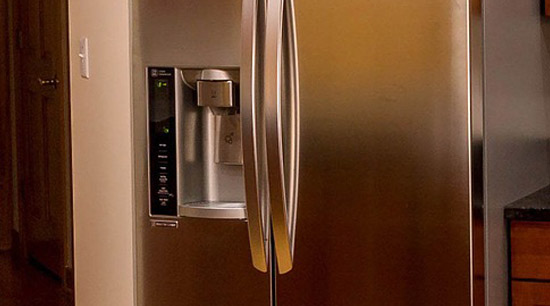
Anything in your home that has a water supply or discharge hose should be checked by doing the following:
• Visually inspect the hose(s) inch by inch for signs of wear, cracks, or deterioration.
• Feel and squeeze the hoses. Watch for signs of hardening.
• Inspect the floor around the appliance and connection points for pooled water or signs of evaporated water.
• Pay special attention to hot water supply hoses.
If any signs of wear or irregularities are present, suspend the use of the appliance until you replace the hose(s). Braided stainless steel hoses are highly recommended for their strength and durability.
For other appliance malfunctions and potential sources of leaks, visit alpharettawaterdamageremoval.com/ga-services/appliance-leak-cleanup/
4 – Inspect Your Roof
Your home’s roof takes a continual beating from storms, heat, wildlife, and natural wear and tear.
When inspecting your roof’s integrity, there are three ways to visually detect potential issues:
• Scale a ladder, and inspect the roof, pay attention to flashing, pitch pans, and anything that may look irregular or out of place.
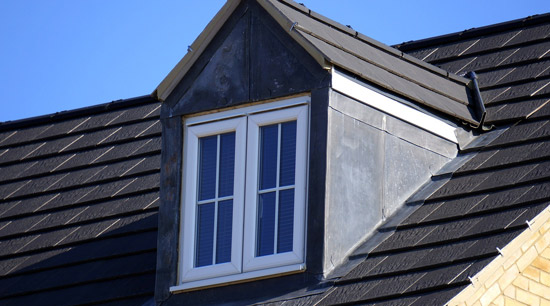
• On a sunny day, go to your attic and shut off the lights (cover any vents or windows to achieve complete darkness). Allow 2 to 3 minutes for your eyes to adjust, and search for any light coming from the roof. If light can get in, so can water.
• Turn the attic lights on and search for water stains on the walls, discoloration in the insulation, and wet spots on the underside of the roof deck.
If you find any irregularities with your roofing system, they should be corrected immediately. Failure to do so may end up exacerbating small issues into expensive repairs.
If you are unable to make such repairs or are afraid of heights, check your maintenance contract, or call a professional roofer to resolve any problems with your roofing system.
5 – Clean the Gutters and Downspouts
While your up on that ladder checking your roofing system, it would be an opportune moment to clean out your rain gutters and downspouts.
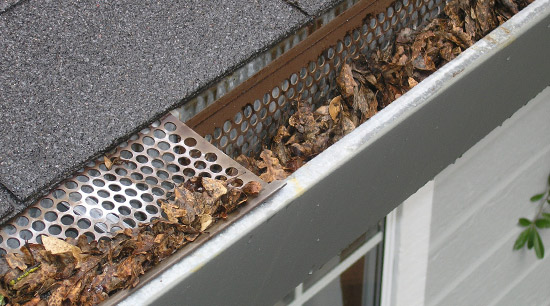
Gutters and downspouts work in tandem with your roofing system to repel water, carrying it away from your home. Blocked gutters and downspouts can lead to extensive roof damage, flooding, and structural damage to your home.
For this process to be successful, water must have an unobstructed path away from your home. This debris removal task should be executed once before summer, and again in late fall (after deciduous trees have dropped their leaves).
NOTE: When cleaning out your downspouts, don’t be surprised if you find squirrels or rats nesting in them.
More Water Damage Prevention Tips can be found at alpharettawaterdamageremoval.com/water-damage-prevention-tips/
Home Maintenance Checklist
Home and flood damage prevention can only happen when you are proactive in keeping your home’s maintenance up-to-date.
In this article, you discovered 5 essential additions to your home’s summer checklist to prevent flooding, water damage, and structural damage.
Your failure to regularly inspect and perform simple maintenance in your home will eventually result in costly flooding, mold and mildew problems, or expensive structural damage.
Sources:
https://www.handymantips.org/easy-solutions-clogged-drains/
https://www.buildingncw.org/Resources/Documents/Consumer%20Resources/Buying%20a%20Home/maintenance_manual_sept2011.pdf
(678) 505-0266